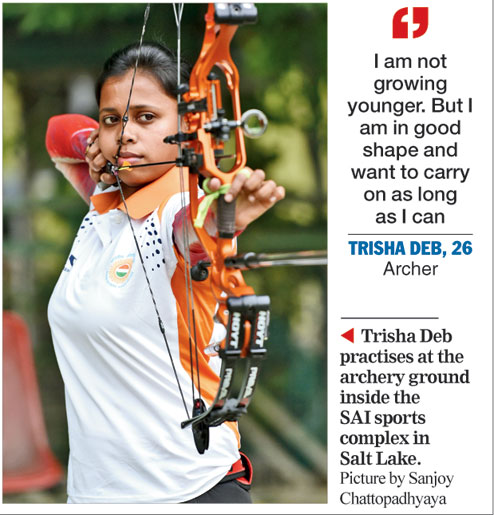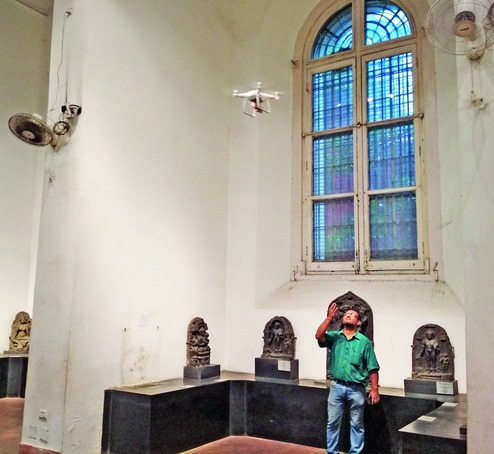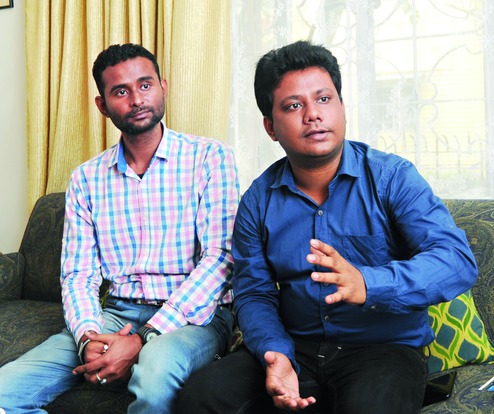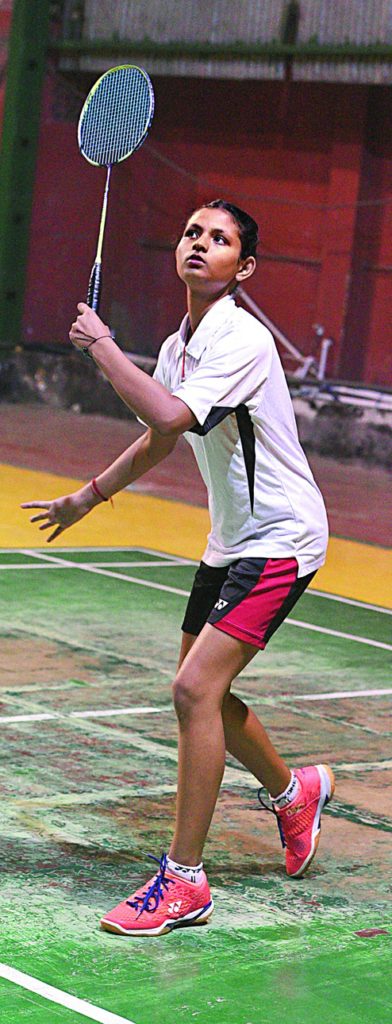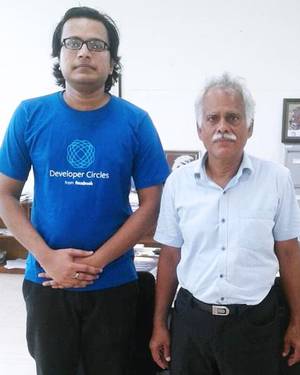Alipurduar:
The Biswa Dooars Utsav will commence from Friday at Alipurduar Parade Ground and singers from neighbouring countries will perform at the event.
Singers from Bangladesh, Nepal, Bhutan will perform at the 14th Dooars Utsav, sources said.
Sourav Chakraborty, MLA Alipurduar, as well as General Secretary of Dooars Utsav Committee, said: ” This is the first time singers from Bangladesh, Bhutan, Nepal are coming this year to attend Dooars Utsav. Almost 6,000 artistes across the state will participate in different cultural activities.”
“The Utsav will start tomorrow and end on 7th January. The Utsav is organised to promote Dooars among the people of the country. Every evening eminent singer from Calcutta and Mumbai will perform on the main stage of the Utsav. On the last day, Kumar Sanu will perform,” Chakraborty added.
There are three stages in the Utsav Ground which is known as Parade Ground in the town. One is main stage where the main programmes will be held. Another stage is set for the children’s performance while the third stage is made where the folk artists will perform. This is the first time several troops from different communities will perform during 10 days of the Utsav. There are people belong to Limbu, Rava, Mech, Garo, Asur, Santal, Adibashi communities. Troops of Dukpa community in Buxa hill will also perform. Different troops from Forest Villages and tea gardens will participate actively in the Utsav.
Chakroborty added that almost 200 stalls will be there in the Utsav. Arrangements for children amusement will be there. Stalls are also coming from Bangladesh, Bhutan and Nepal.
This is the first time sports has been added in the Utsav. Badminton, Cricket, Marathon are added. Games will be held on 30th and 31st December in the parade ground. Senior renowned artists across the North Bengal will also be felicitated during Utsav. Tourists coming to Alipurduar town will be taken to forest and Phuentsholling by the Utsav Committee free of cost.
source: http://www.telegraphindia.com / The Telegraph, Calcutta,India / Home> West Bengal / by Anirban Chaudhury / December 29th, 2017
